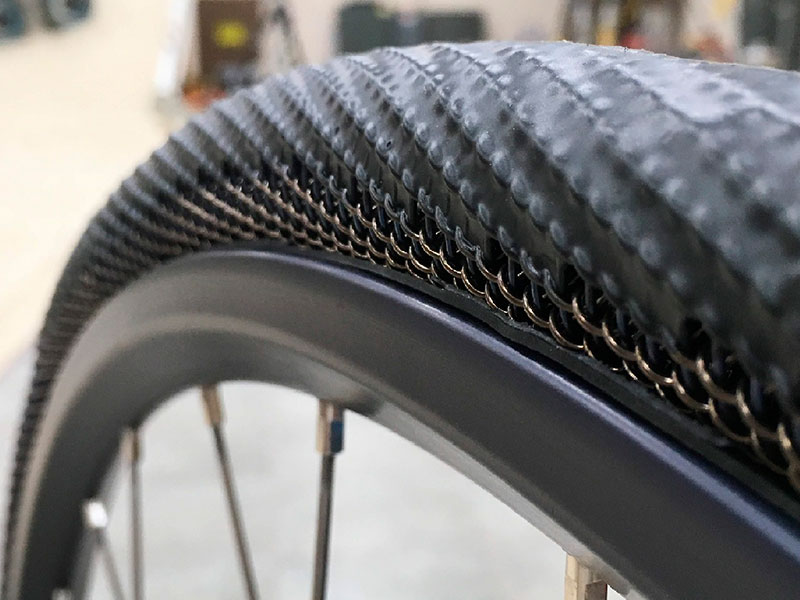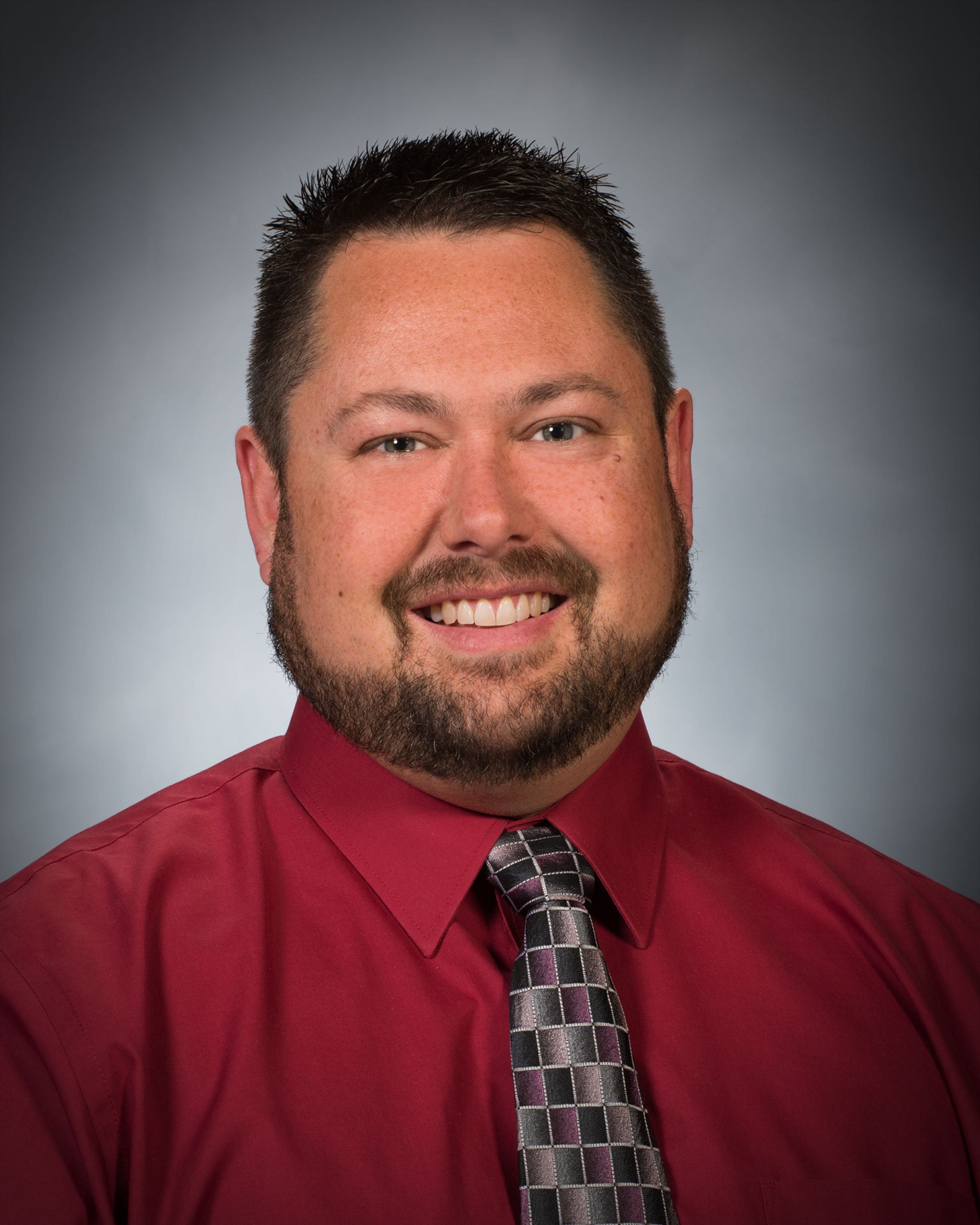Shape Memory Alloy Tubular Structure Webinar
In this webinar, NASA Glenn Research Center (GRC) will present a next-generation, non-pneumatic, compliant tire structure based on shape memory alloy (SMA) elements. This new structure builds upon previous work related to airless tires that were designed for rovers used in planetary exploration. The use of SMAs capable of undergoing high strain as load bearing components results in a tubular structure that can withstand excessive deformation without permanent damage.
These structures are capable of performing similarly to traditional pneumatic tires but with no risk of puncture or loss of tire pressure. The new technology is an extension of previous nonpneumatic metal-mesh tire designs developed at GRC, but with a structural pattern that improves manufacturability and offers design flexibility for customization. The innovation has been prototyped for use as a bicycle tire, but this SMA structure can be used in a wide range of applications including, off-road vehicles, aircraft landing gear, military ground vehicles, agricultural machinery, seals, and energy absorbers.
For more information on this technology, please visit here.

Dr. Santo Padula II
Dr. Santo Padula II received his PhD in Materials Science and Engineering from Michigan Technological University and has worked full-time at the NASA Glenn Research Center for over 24 years. Dr. Padula has focused his career on developing new materials and test techniques to support advanced material development and has conducted research activities in a broad range of areas including fatigue of superalloys, impact behavior of lattice block structures and metallic foam concepts and mechanical response of high temperature shape memory alloys and devices. His forte has been on incorporating novel measurement techniques to permit the determination of data under complicated thermomechanical loading conditions. His advancements in this area have contributed to the development of one-of-a-kind constitutive models for new materials with unusual behaviors.
Over the past 21 years, Dr. Padula has focused his career on becoming an expert in the field of Shape Memory Alloys (SMAs), a unique class of materials that can store large amounts of energy by undergoing a solid-state phase transformation that can be either thermally or mechanical induced in the material. Dr. Padula is one of the principle investigators of SMAs at the NASA Glenn Research Center (GRC), where the group is world renowned because of their extensive expertise in alloy development, thermomechanical processing, in situ neutron experimentation, mechanical characterization and constitutive model development. As a result of his extensive expertise in the field of SMAs, Dr. Padula has served as the General vice-chairman & characterization sub-committee chairman of the Consortium for the Advancement of Shape Memory Alloys Research and Technology (CASMART). His expertise in the field of SMAs has lead him to be asked to develop testing techniques that can be used to direct standards development for the community and has created strong ties to the industrial suppliers of this unique class of materials. Dr. Padula’s work has garnered numerous awards and recognition as well as a number of disclosures and patents on SMA technology. Among his various patents on SMA applications, thermomechanical processing and alloy development, he has been the recipient of two Top 100 Inventions of the Year (R&D 100 awards – The Oscars of Innovation). Dr. Padula has authored over 65 publications in the field of SMAs, which have been cited in over 2000 other articles in the field and is recognized as one of the leading experts in the utilization of SMAs in complex structural forms.
Colin Creager
Colin Creager is a researcher at the NASA Glenn Research Center and recognized subject matter expert in terramechanics and surface mobility. He received his BS in Mechanical Engineering at Ohio State University in 2006 and began at NASA in 2007. His research primarily focuses on investigating concepts for enhancing planetary rover exploration, including novel tire technology development, alternative locomotion, and excavation techniques. He is the co-developer of multiple compliant tire technologies for planetary rovers, some of which have been infused into flight programs. He recently served as the tire design lead for the Mars Sample Fetch Rover, and currently runs the Simulated Lunar Operations (SLOPE) Lab at GRC, which is a state-of-the-art facility for evaluating tires and mobility systems.




